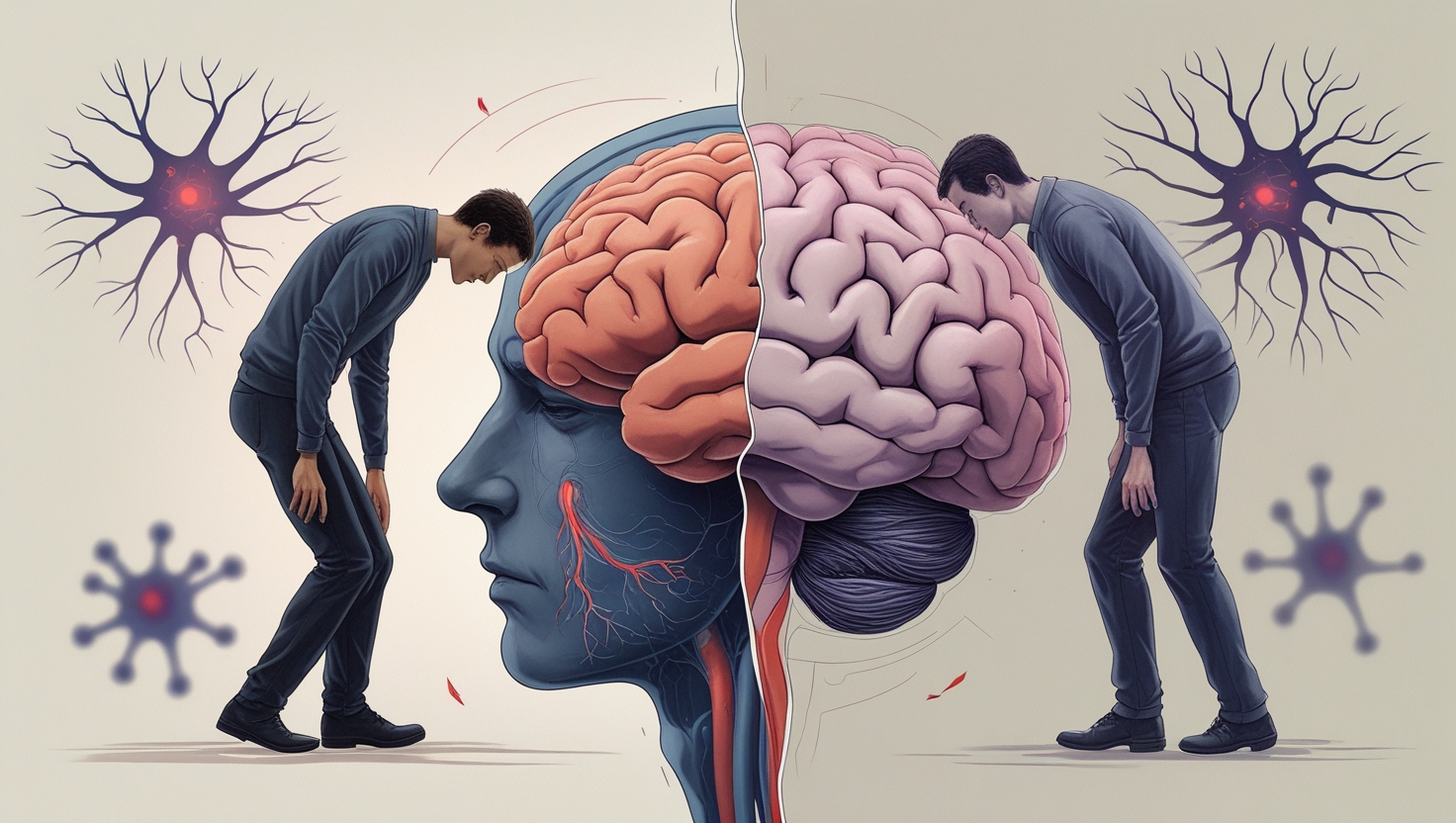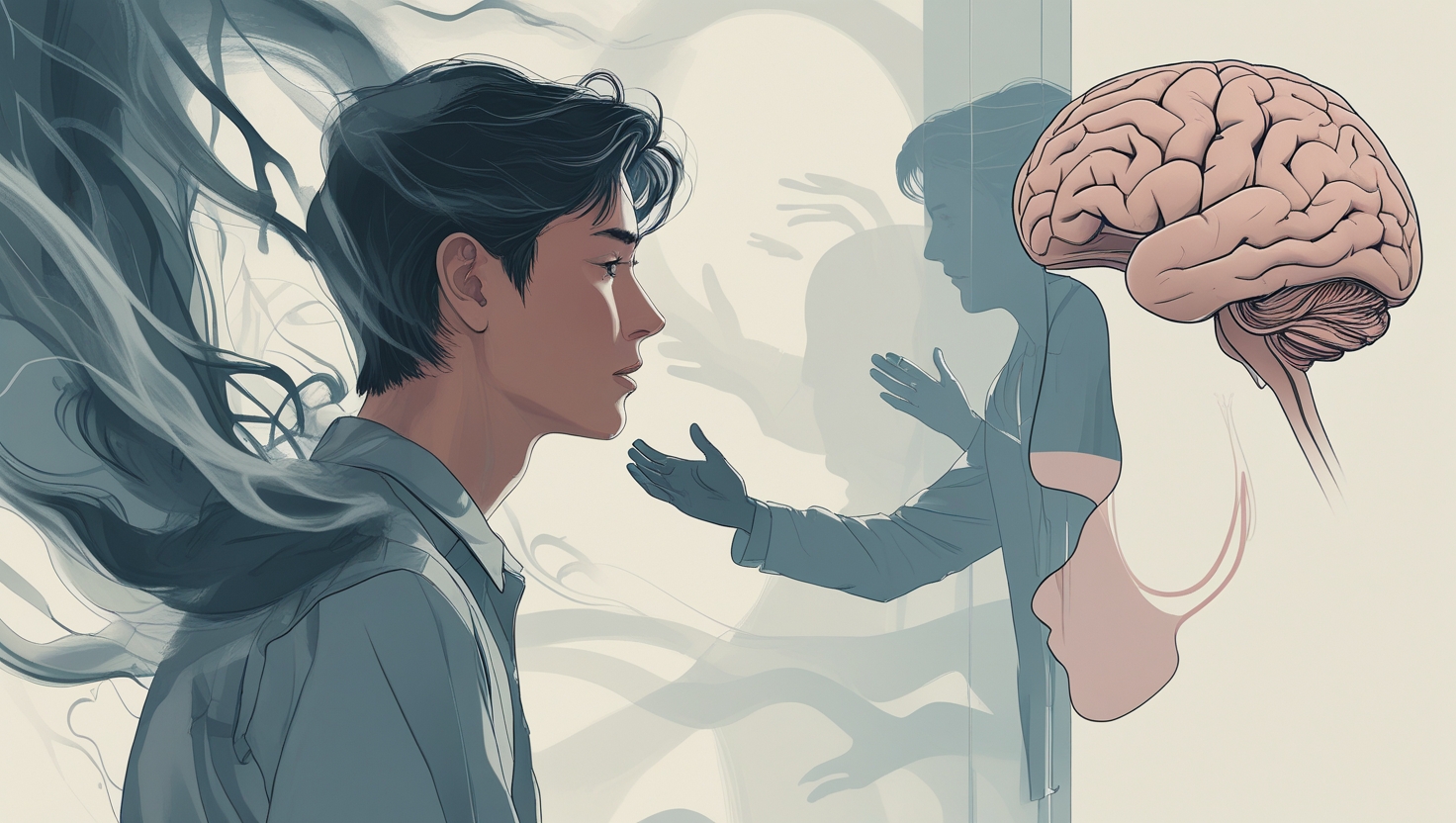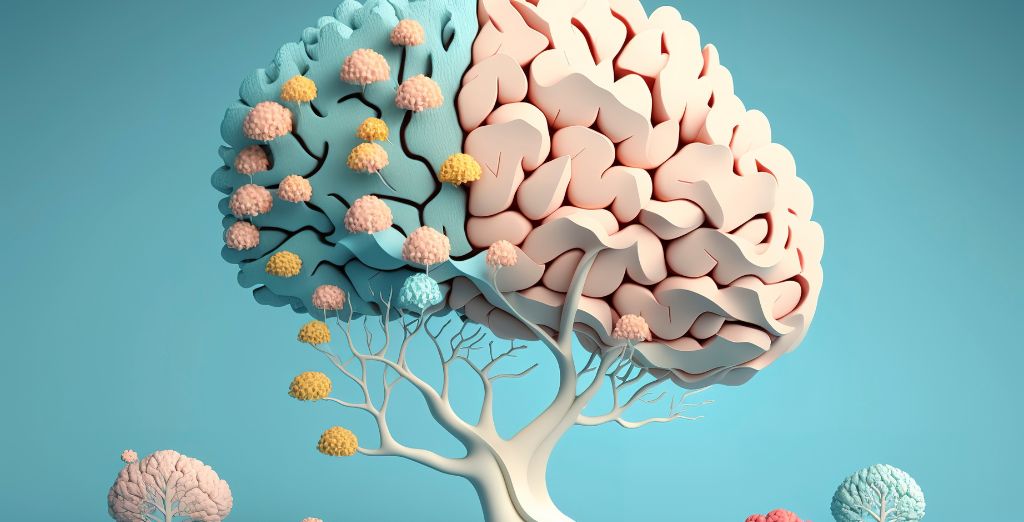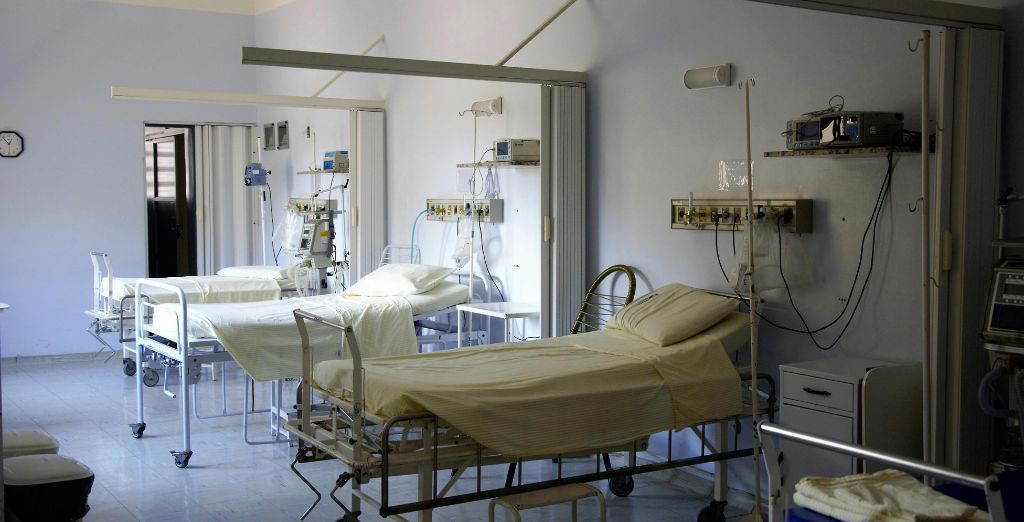SIGECAPS is an acronym used by mental health professionals to recognize the symptoms of depression. Each letter stands for a specific symptom that together paints a picture of how depression affects people. sigecaps psychomotor changes, represented by the “P” in SIGECAPS, are one of the most telling signs of depression. sigecaps psychomotor symptoms include noticeable changes in physical movement and speech patterns, which can either slow down or become agitated. These symptoms reveal how depression affects both the mind and body, showing that it’s much more than just feeling sad. Understanding SIGECAPS psychomotor symptoms can help in early recognition and treatment of depression, supporting individuals on their path to wellness.
What Are Psychomotor Symptoms in Depression?
Sigecaps psychomotor symptoms involve changes in a person’s physical movements and energy levels. People with depression may feel restless and unable to sit still, or they may move slowly, as if every movement requires extra effort. sigecaps psychomotor slowing often affects daily tasks, making routine activities feel challenging. For example, getting out of bed, preparing meals, or even walking can feel exhausting. Some people may experience the opposite effect and become more agitated, tapping their feet, wringing their hands, or pacing. These physical sigecaps psychomotor reflect the mental strain of depression, showing that the condition can deeply impact how a person feels both mentally and physically.
How Depression Causes Psychomotor Symptoms
Psychomotor symptoms in depression are linked to changes in brain chemistry and function. Depression affects neurotransmitters like serotonin and dopamine, which are responsible for regulating mood, energy, and movement. When these brain chemicals are out of balance, they disrupt how the brain communicates with the body, leading to physical symptoms. As a result, people may find that they have less energy or feel weighed down. On the other hand, some individuals may feel inner restlessness or agitation, as though they can’t control their movements. These symptoms are a physical response to the mental struggle depression creates, showing just how intertwined mental and physical health truly are.
Recognizing Psychomotor Slowing in Daily Life
Psychomotor slowing, or reduced physical movement, is common in depression. People experiencing this symptom may find it hard to complete even basic tasks. Activities like getting dressed, eating, or cleaning up may seem overwhelming. Conversations can also feel like too much effort, causing individuals to speak more slowly or pause frequently. For someone dealing with sigecaps psychomotor slowing, time feels like it moves slower, making everyday routines feel drawn-out. This type of physical fatigue is not the same as being tired; it’s a deep exhaustion that rest doesn’t fix. Recognizing sigecaps psychomotor slowing is essential, as it’s a clear sign of how much depression can physically impact someone’s life.
Agitation and Restlessness in Depression
Not everyone experiences sigecaps psychomotor slowing. Some individuals show signs of sigecaps psychomotor agitation, where they feel restless, anxious, or unable to stay still. This restlessness can appear as pacing, tapping fingers, or fidgeting. The mind feels unsettled, leading to physical movements that reflect this inner tension. sigecaps psychomotor agitation is often seen in people dealing with severe depression, especially if they are struggling with intense stress or anxiety. This agitation can make it hard to concentrate or relax, as the body feels constantly on edge. Recognizing these restless movements helps in understanding that depression isn’t always quiet; it can show itself through physical expressions of stress and tension.
The Impact of Psychomotor Symptoms on Daily Functioning
Psychomotor symptoms, whether slowing or agitation, can make daily life challenging. Tasks that once felt routine, such as grocery shopping or going to work, become difficult to complete. Physical symptoms can lead to frustration, as people may feel they aren’t as productive or capable as before. These changes can also impact social relationships, as friends and family may not understand why someone is moving slower or seems restless. Misunderstandings can occur, causing people with depression to feel even more isolated. Recognizing that these physical symptoms are part of depression can promote empathy and help those affected feel supported rather than judged.

Why Recognizing Psychomotor Symptoms Is Important
Understanding sigecaps psychomotor symptoms is key to identifying and treating depression effectively. Physical symptoms can sometimes be the first noticeable sign of depression, especially in people who may not feel comfortable talking about their emotions. Recognizing sigecaps psychomotor changes allows friends, family, and healthcare providers to detect depression early on, which can lead to faster support and treatment. Psychomotor symptoms also show how deeply depression can affect the body, highlighting the need for a holistic approach to mental health care. By acknowledging the physical signs of depression, we can create a better understanding of the condition and improve support for those struggling.
Treatment Options for Psychomotor Symptoms in Depression
Treating psychomotor symptoms involves addressing the underlying depression through various methods. Therapy, such as cognitive behavioral therapy (CBT), can help people manage their mental and emotional responses, which may alleviate some physical symptoms. Medication, like antidepressants, is another option that helps balance neurotransmitters and can reduce sigecaps psychomotor symptoms. Lifestyle changes, such as regular exercise, balanced nutrition, and good sleep hygiene, also play a role in managing depression. While physical activity may seem daunting with psychomotor slowing, even gentle movement can help improve mood and energy levels over time. Seeking professional guidance ensures that treatment is tailored to each individual’s unique needs.
How to Support Someone with Psychomotor Symptoms
Supporting someone with psychomotor symptoms requires patience and empathy. It can be hard for people with depression to explain why they feel tired, move slower, or appear restless. Simple gestures, like offering to help with daily tasks or encouraging gentle activities, can make a big difference. Avoid rushing them or pointing out their symptoms, as this can add to feelings of guilt or frustration. Encouraging them to seek professional help, whether it’s therapy, medication, or lifestyle changes, can provide lasting support. Remember that understanding and compassion go a long way in helping someone navigate the challenges of psychomotor symptoms.
How Psychomotor Symptoms Affect Relationships and Social Life
Psychomotor symptoms in depression can have a significant impact on personal relationships and social interactions. Friends and family may notice a change in energy levels or movement patterns, which can sometimes be misinterpreted as disinterest or disengagement. For example, if someone is experiencing psychomotor slowing, they may appear unenthusiastic or take longer to respond in conversations, leading others to assume they are not interested. Similarly, if they show signs of restlessness or agitation, this may come across as anxiety or frustration, which can strain interactions.
These misunderstandings can make individuals with depression feel even more isolated, as they might feel unable to explain why they’re behaving differently. Recognizing these changes as symptoms of depression rather than personality traits allows friends and family to approach these situations with empathy. When loved ones understand that these psychomotor symptoms are part of depression, they can offer more supportive and patient responses, helping to reduce the feelings of isolation that often accompany depression.
The Importance of Education and Awareness on Psychomotor Symptoms
Raising awareness about psychomotor symptoms can help reduce stigma and encourage early intervention. Many people may not realize that depression can manifest as physical symptoms like slowed movement or agitation. This lack of awareness can lead to judgments or assumptions that the person is simply lazy, uninterested, or anxious. Education about psychomotor symptoms, as part of the SIGECAPS framework, helps people see depression in a more holistic way, recognizing it as a condition that impacts both mental and physical health.
Mental health organizations, healthcare providers, and schools can play a vital role in spreading information about SIGECAPS and psychomotor symptoms. Understanding these symptoms as part of depression enables people to recognize when someone might be struggling and need support. Awareness also encourages those experiencing symptoms to seek help without fear of judgment, which is a crucial step toward effective treatment and recovery.
Practical Tips for Managing Psychomotor Symptoms in Daily Life
Managing psychomotor symptoms, such as slowing or agitation, can be challenging, but some strategies can help ease the burden on daily life. Small lifestyle adjustments, such as setting a gentle morning routine or incorporating brief movement breaks, can make a difference. For those experiencing psychomotor slowing, it may be helpful to break tasks into smaller steps, focusing on one activity at a time to reduce overwhelm. Using reminders and setting achievable goals can also help maintain a sense of progress, even on challenging days.
If someone is dealing with psychomotor agitation, practicing mindfulness exercises like deep breathing or grounding techniques can promote calmness. Physical outlets like stretching, gentle yoga, or walking may also relieve some of the restless energy that builds up. Connecting with a mental health professional can offer tailored coping strategies, which can be particularly beneficial in managing these symptoms alongside therapeutic or medical treatments.
Why It’s Essential to Talk About Psychomotor Symptoms
Open conversations about psychomotor symptoms and other aspects of depression can help break down the isolation that many individuals feel. Depression often makes it difficult for people to discuss what they’re going through, especially when they feel misunderstood. Talking about these symptoms normalizes the physical side of mental health, reducing the shame or guilt that can come with them. This openness can lead to greater self-awareness, where people feel more comfortable acknowledging and addressing their symptoms.
When people talk openly about psychomotor symptoms, it also encourages a shift in how society views mental health. Recognizing that depression has both mental and physical symptoms helps dispel myths that it’s simply “all in your head.” By discussing these symptoms, we create a more supportive and understanding environment that validates the experiences of those with depression and encourages them to seek help without fear of stigma

Conclusion
SIGECAPS psychomotor symptoms, such as slowed movements or agitation, highlight the complex ways that depression affects both mind and body. Understanding these symptoms as part of the SIGECAPS framework provides insight into how depression disrupts everyday life, impacting routines, relationships, and overall well-being. Early recognition and support for these physical symptoms can make a meaningful difference, helping those with depression feel seen and understood. Whether you’re experiencing these symptoms yourself or supporting someone who is, awareness and empathy can lead to better mental health and a more compassionate society. Depression is a manageable condition, and with the right resources, individuals can take steps toward recovery and regain a sense of normalcy and peace.
FAQs
What causes psychomotor changes in depression?
Psychomotor changes result from disruptions in brain chemicals, like serotonin and dopamine, which affect mood, movement, and energy. Depression impacts how the brain communicates with the body, leading to these physical symptoms.
Can psychomotor symptoms go away with treatment?
Yes, with appropriate treatment such as therapy, medication, and lifestyle changes, psychomotor symptoms often improve. Addressing the underlying depression helps reduce these physical signs over time.
Are psychomotor symptoms only seen in depression?
While psychomotor symptoms are common in depression, they can also appear in other mental health conditions, like anxiety or bipolar disorder. A mental health professional can provide a proper diagnosis and guide effective treatment.
















